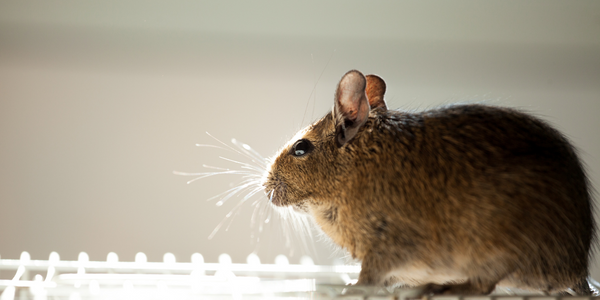Download PDF
Giving Furniture Testing a Leg Up
Technology Category
- Analytics & Modeling - Predictive Analytics
- Application Infrastructure & Middleware - Data Visualization
Applicable Industries
- Consumer Goods
Applicable Functions
- Product Research & Development
- Quality Assurance
Use Cases
- Predictive Quality Analytics
- Virtual Prototyping & Product Testing
Services
- Software Design & Engineering Services
- System Integration
The Challenge
The furniture industry requires rigorous testing to ensure products meet safety and quality standards. This process is costly and time-consuming, often resulting in significant expenses for manufacturers when designs fail. An independent test house aimed to reduce this burden by providing a virtual testing tool to predict whether chair designs would pass or fail before physical testing.
About The Customer
The customer in this case study is an independent assessment organization, commonly referred to as a 'test house,' that specializes in testing furniture to ensure it meets European and American quality standards (EN, BS, ISO, and ANSI). They test hundreds of different chairs annually, providing certification that allows these products to be sold in stores. The test house sought to streamline the testing process for their clients, who are primarily chair manufacturers and designers. By offering a virtual testing tool, they aimed to help these clients predict the success of their designs before undergoing costly and time-consuming physical tests. This initiative was driven by the need to reduce the financial and operational burden on manufacturers, who often face significant expenses and delays when their designs fail to meet the required standards.
The Solution
Continuum Blue, a COMSOL Certified Consultant, developed a numerical simulation app using COMSOL Multiphysics® software. The app was designed to predict a chair's response to standard loading tests, incorporating various quality criteria and allowing for the testing of different chair models, shapes, and materials. The simulation included chair geometry, floor, blocks to hold the legs in place, and loading plates for the back and base to mimic physical tests. The app analyzed deformation, mechanical stress, and points of failure, providing a comprehensive assessment of whether a chair design would pass or fail. The Continuum Blue team also built a customized user interface that allowed users to quickly run virtual tests by changing inputs related to geometry, load conditions, and material properties. The app was distributed through a local installation of COMSOL Server™, enabling multiple users to access and use the tool. The test house plans to use COMSOL Server to share the app with clients worldwide, further streamlining the testing process.
Operational Impact
Quantitative Benefit
Related Case Studies.
.png)
Case Study
Improving Vending Machine Profitability with the Internet of Things (IoT)
The vending industry is undergoing a sea change, taking advantage of new technologies to go beyond just delivering snacks to creating a new retail location. Intelligent vending machines can be found in many public locations as well as company facilities, selling different types of goods and services, including even computer accessories, gold bars, tickets, and office supplies. With increasing sophistication, they may also provide time- and location-based data pertaining to sales, inventory, and customer preferences. But at the end of the day, vending machine operators know greater profitability is driven by higher sales and lower operating costs.

Case Study
Series Production with Lot-size-1 Flexibility
Nobilia manufactures customized fitted kitchens with a lot size of 1. They require maximum transparency of tracking design data and individual processing steps so that they can locate a particular piece of kitchen furniture in the sequence of processes.

Case Study
American Eagle Achieves LEED with GE LED Lighting Fixtures
American Eagle Outfitters (AEO) was in the process of building a new distribution center. The AEO facility management team decided to look at alternate options for lighting layout that could provide energy and maintenance savings. AEO would need a full-time maintenance employee just to replace burned-out fluorescent tubes.

Case Study
Revolutionizing Rodent Control
From pet- and child-safe traps, to touch-free and live-catch rodent control solutions, Victor continues to stay committed to producing superior products that meet the varying needs of today’s pest control professionals. And, with a long standing history supporting customers in the food processing, service, and retail settings, Victor knew that strict regulations were costing organizations thousands of dollars in excess overhead trying to manage their rodent-control solutions. Trap inspections in these environments are often difficult and time consuming, requiring personnel to manually check a trap’s status multiple times per day, amounting to over six hours of manual labor. Victor is looking for an innovative way to increase operational efficiencies with the use of technology.







